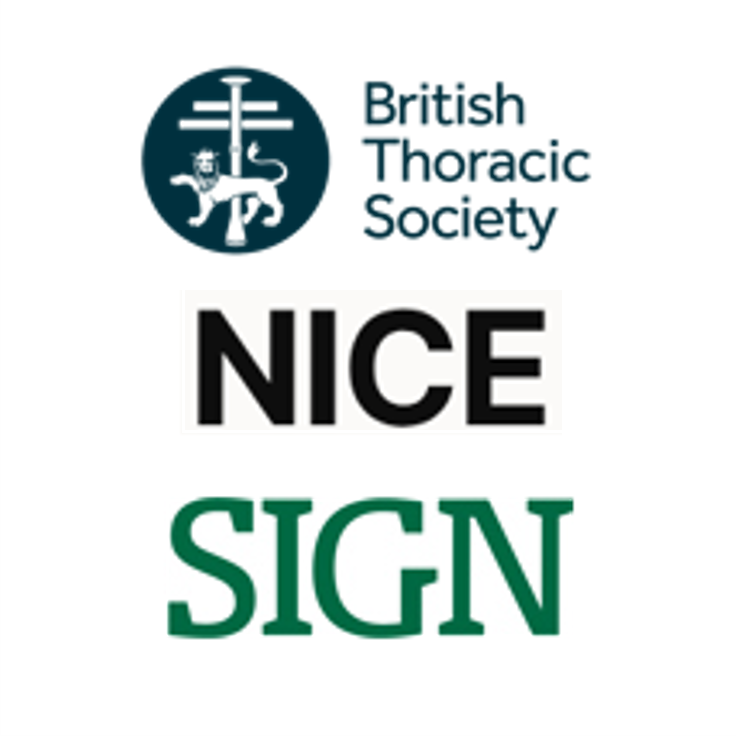House dust mites
Exposure to high levels of house dust mite allergen in early life is associated with an increased likelihood of sensitisation to house dust mite by three to seven years of age.281 Sensitisation to house dust mite is an important risk factor for the development of asthma, 282, 283 and a few studies have suggested that exposure to high levels of house dust mites early in life increases the risks of subsequent asthma.284, 285
R
Healthcare professionals should not recommend house dust mite aeroallergen avoidance for the primary prevention of asthma.
[BTS/SIGN 2019]
Pets in the home
A large number of birth cohort studies, longitudinal cohort studies and cross-sectional studies have addressed whether exposure to pets in the home in early life increases or reduces the subsequent risk of asthma and allergy, with contradictory results.
R
Healthcare professionals should not offer advice on pet ownership as a strategy for preventing childhood asthma.
[BTS/SIGN 2019]
